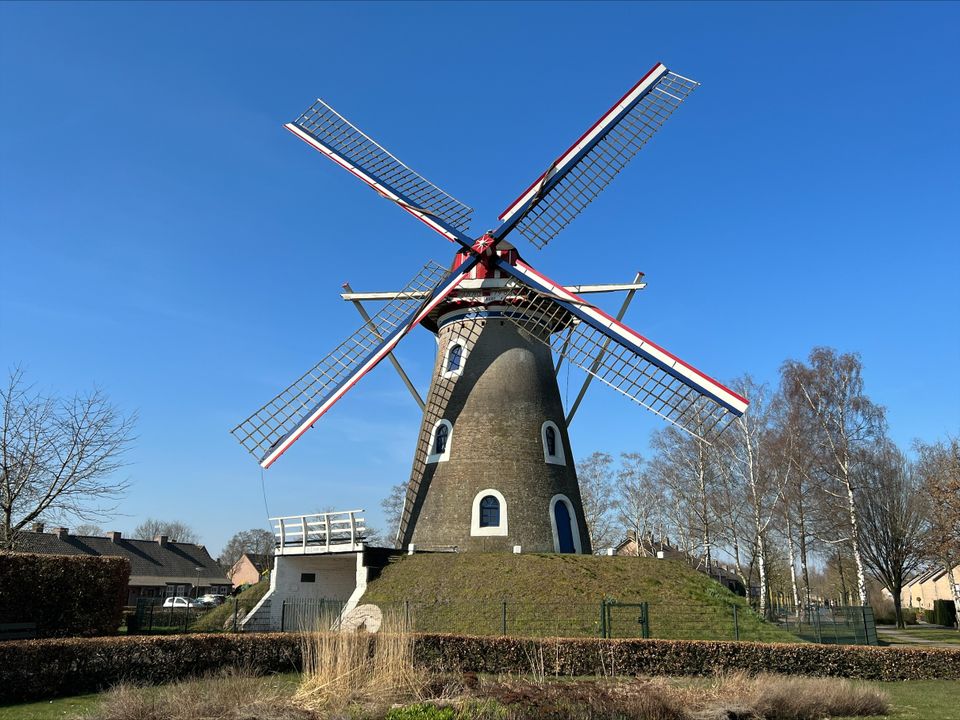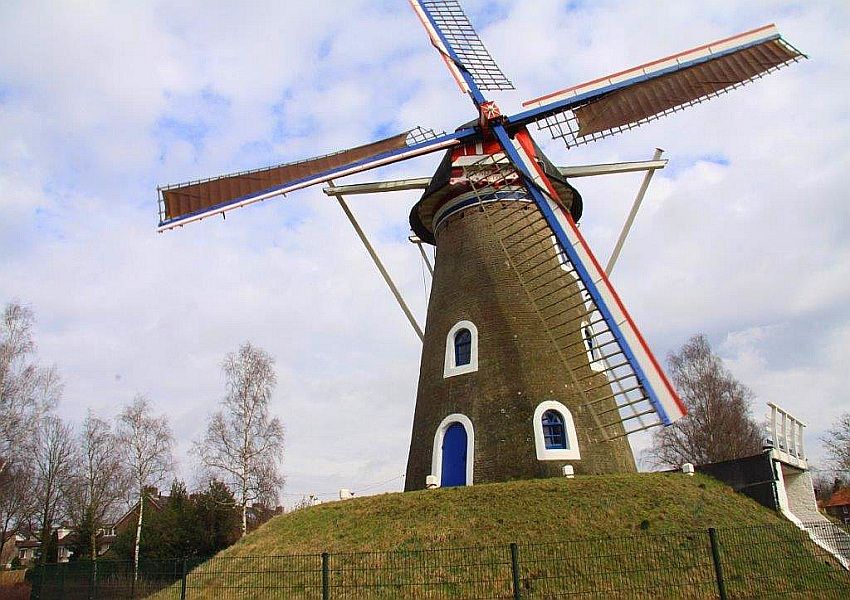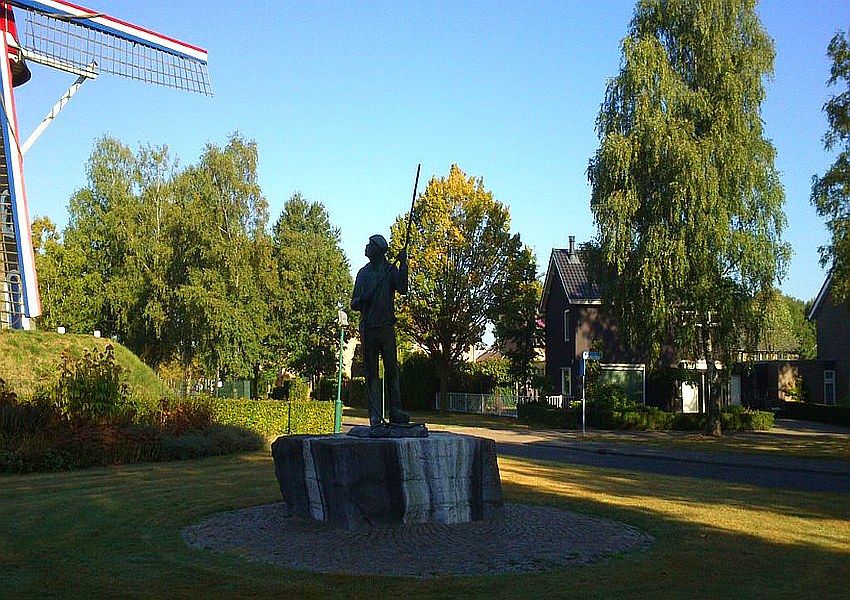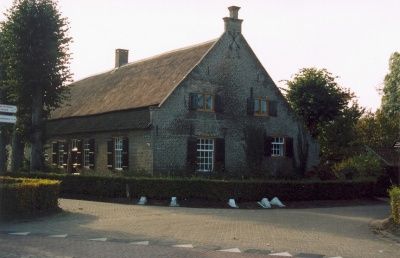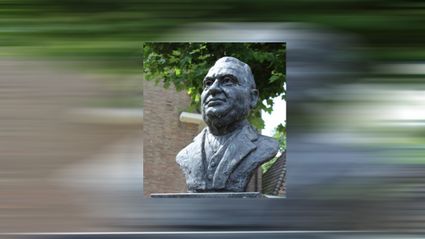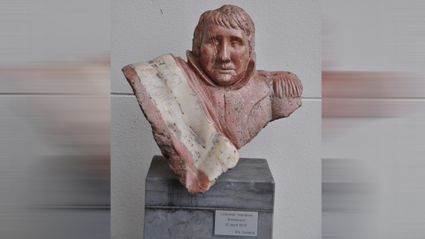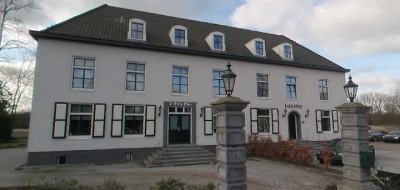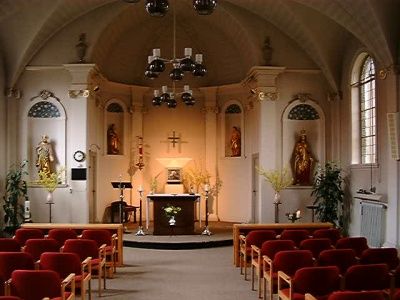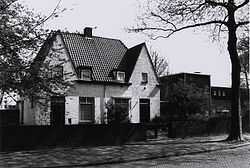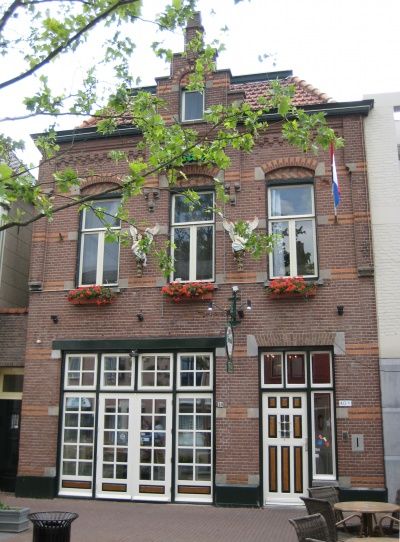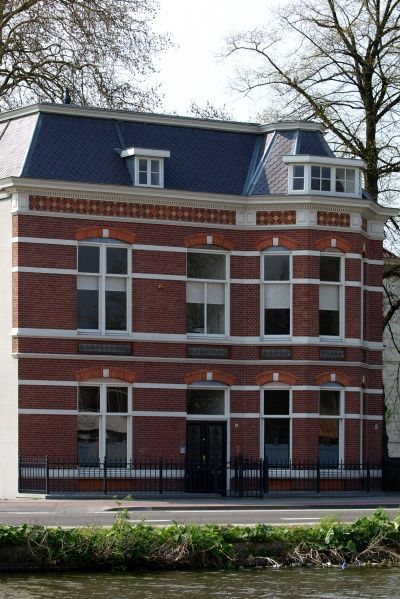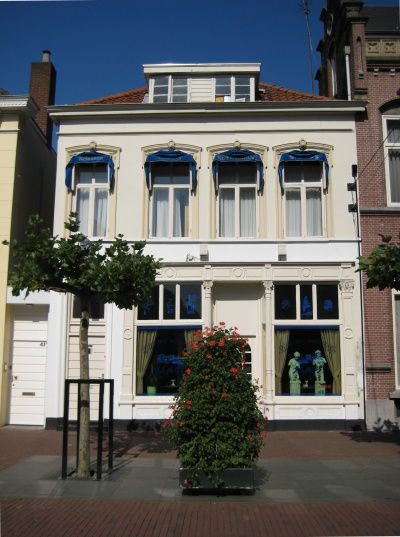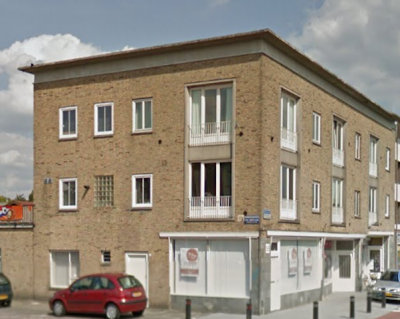Mill De Leest
History of 'De Leest
In 1899, mill builder Frans Vosters from Helmond was commissioned by Mr Mannaarts to build the mill on the Molenstraat.
The most special old part of the mill is the cast iron axle.
It was cast by the firm of Nolet from Schiedam/Rotterdam.
The exact year cannot be traced, but the axle is from the period 1830-1840.
It is certain that it is one of the oldest cast shafts in the Netherlands.
The municipality of Lieshout became the owner in 1974 and restored the mill so that grain could be milled again.
From then on, the mill was named after the miller's family: 'De Leest'.
In 1975 Thieu died and his son Dorus took over his father's work as a volunteer miller.
From 1993, Willy d…
History of 'De Leest
In 1899, mill builder Frans Vosters from Helmond was commissioned by Mr Mannaarts to build the mill on the Molenstraat.
The most special old part of the mill is the cast iron axle.
It was cast by the firm of Nolet from Schiedam/Rotterdam.
The exact year cannot be traced, but the axle is from the period 1830-1840.
It is certain that it is one of the oldest cast shafts in the Netherlands.
The municipality of Lieshout became the owner in 1974 and restored the mill so that grain could be milled again.
From then on, the mill was named after the miller's family: 'De Leest'.
In 1975 Thieu died and his son Dorus took over his father's work as a volunteer miller.
From 1993, Willy de Vocht (son of the miller of the mill 'Maria' in Helmond) also came to De Leest as a volunteer miller.
De Leest' is a belt mill.
In belt mills, the body is surrounded by an artificial mound of earth: the belt.
In the belt is a large space under the mill, which is used for the supply and removal of grain and flour.
Opening times
- Every monday open
- Every tuesday open
- Every wednesday open
- Every thursday open
- Every friday open
- Every saturday open
- Every sunday open
